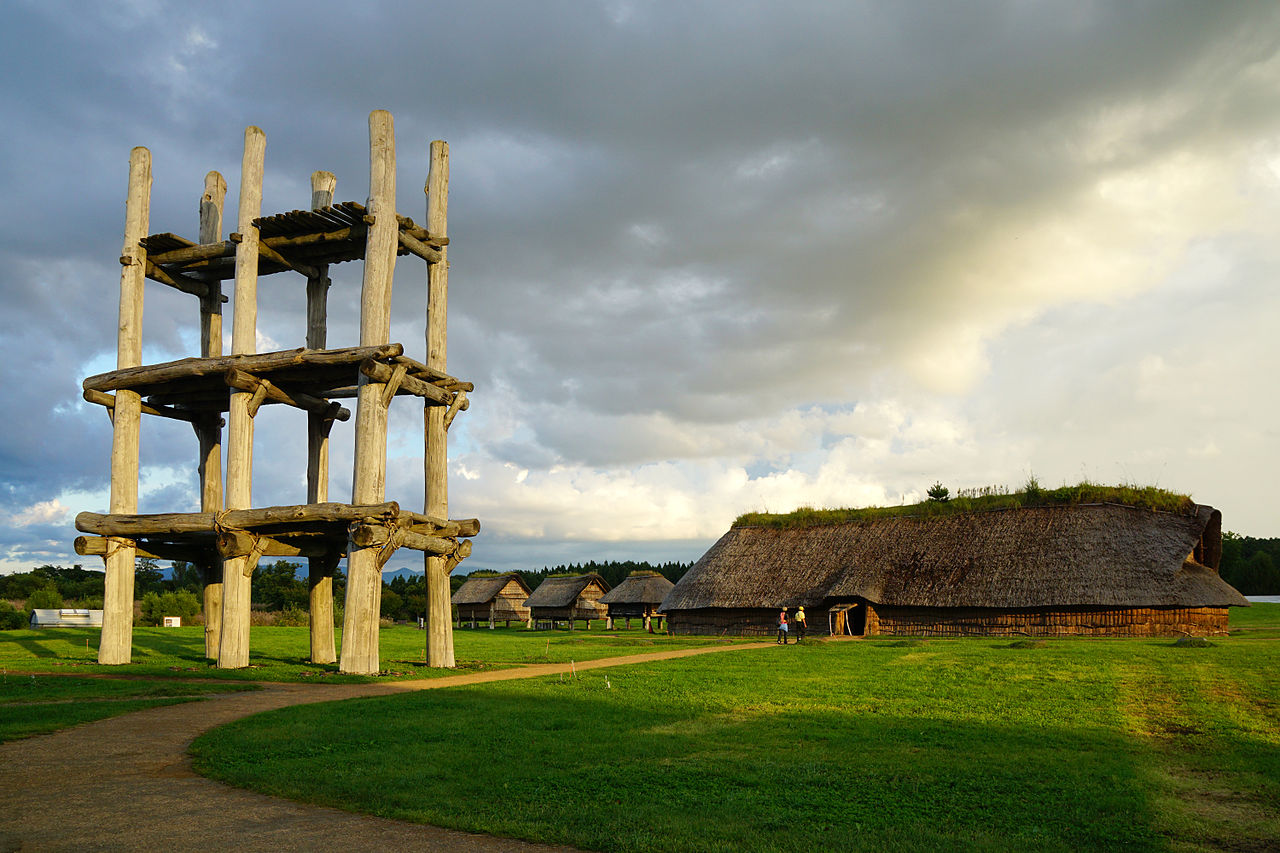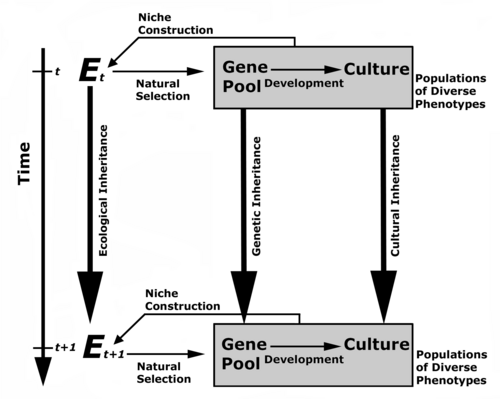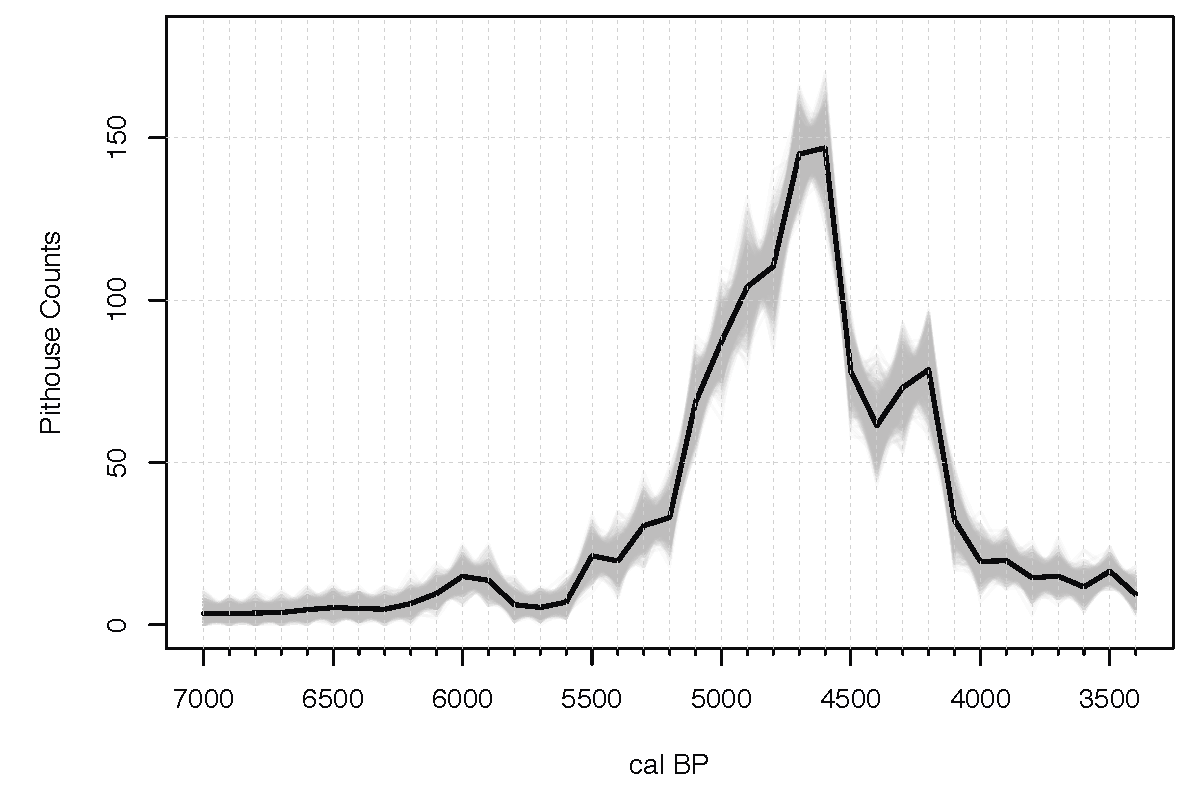NiCoSS
Niche Construction and Subsistence Shifts
Modelling coevolutionary dynamics between hunter-gathers and vegetation communities
 The presence of our species across almost every corner of the planet testifies to our extraordinary adaptive capacity. This success is underpinned by our ability to acquire, transmit, and accumulate knowledge and our capacity to continuously modify the surrounding environment to suit our need. We rely on cultural transmission, so that we do not need to individually learn what is the best decision to take; we modify our environment so we change the forces of natural selection. We thus inherit from our ancestors their genes, their culture, and the intricate ecological interplay with other organism and the surrounding environment. This triple inheritances system pushed our species to remotest areas of the planet, promoting symbiotic relationships with plants and animals, and building niches made of stones, bricks and concrete.
The presence of our species across almost every corner of the planet testifies to our extraordinary adaptive capacity. This success is underpinned by our ability to acquire, transmit, and accumulate knowledge and our capacity to continuously modify the surrounding environment to suit our need. We rely on cultural transmission, so that we do not need to individually learn what is the best decision to take; we modify our environment so we change the forces of natural selection. We thus inherit from our ancestors their genes, their culture, and the intricate ecological interplay with other organism and the surrounding environment. This triple inheritances system pushed our species to remotest areas of the planet, promoting symbiotic relationships with plants and animals, and building niches made of stones, bricks and concrete.
Figure 1. A reconstruction of the Sannai Maruyama site
in North-East Japan (via Wikimedia Commons)
Yet there is a catch: this fast-paced adaptive process promotes short-term adaptation but is blind to its long-term consequences. We increasingly sacrifice individual learning for social learning, conforming and losing diversity, ultimately becoming over-adapted and overspecialised to the environment we created for ourselves, losing key knowledge along the way. This makes us more and more brittle, and decreases our ability to cope with sudden changes originating from outside the system that can change the selective pressure we are so well adapted to. Our own adaptive capacity becomes an evolutionary trap.
 Figure 2: The triple-inheritance model of biological, cultural, and ecological evolution proposed by the Niche Construction Theort (from Laland, Kevin N., John Olding-Smee, and Marcus W. Feldman. "Niche Construction, Biological Evolution, and Cultural Change." Behavioral and Brain Sciences 23 (2000): 131-75.)
Figure 2: The triple-inheritance model of biological, cultural, and ecological evolution proposed by the Niche Construction Theort (from Laland, Kevin N., John Olding-Smee, and Marcus W. Feldman. "Niche Construction, Biological Evolution, and Cultural Change." Behavioral and Brain Sciences 23 (2000): 131-75.)
The Niche Construction Theory (NCT) offers the mathematical framework to study this process. Archaeologists, along with anthropologists and biologists, have long been interested on how patterns of cultural transmission and capacity to be create anthropogenic environment shaped human history. We question how the same fundamental mechanism led to the emergence of highly sustainable systems as well as catastrophic failures. This project will contribute to this broad agenda in two ways. First, it will aim to develop theoretical models of the evolutionary feedback mechanisms between human societies and their surrounding environment. It will focus on the co-evolution of human and plant communities and seek to identify their symbiotic relationship during episodes of shifts in subsistence economy. This objective will be achieved by building theoretical simulation models that will combine assumptions drawn from human behaviour ecology, cultural transmission theory, and plant biology. This new framework will guide through our second objective, which will be focused on the analyses of archaeological data from prehistoric Japan. Here a population boom was observed around the early 3rd millennium BCE, followed by a sudden crash few centuries later. The evidence suggests that the population peak was associated with an increasing reliance on plant resources through the artificial development of anthropogenic forests. This successful symbiosis is most likely the cause of the population boom, but as a side effect it drove human communities to been less diverse in their subsistence economy. The hypothesis we will test is that this overspecialisation, triggered by niche construction activities, is the remote cause of the subsequent population decline. The effect of climatic fluctuations observed towards the mid-3rd millennium BCE might have broken the symbiotic relationship with plant communities, leading to a shift in subsistence strategy that was unbearable for the high population size reached by these prehistoric communities at the time.

The output of both the theoretical and empirical studies will provide a long-term perspective on the sustainability of human subsistence activities. It will help identify key processes leading to over-adaptation, how this can make human societies brittle, and what is needed to avoid evolutionary traps.
Figure 3: Population dynamics inferred from the number of pit-dwellings in Eastern Tokyo Bay (modified from: Crema, E.R. "Cycles of Change in Jomon Settlement: A Case Study from Eastern Tokyo Bay." Antiquity 87 (2013): 1169-81)

